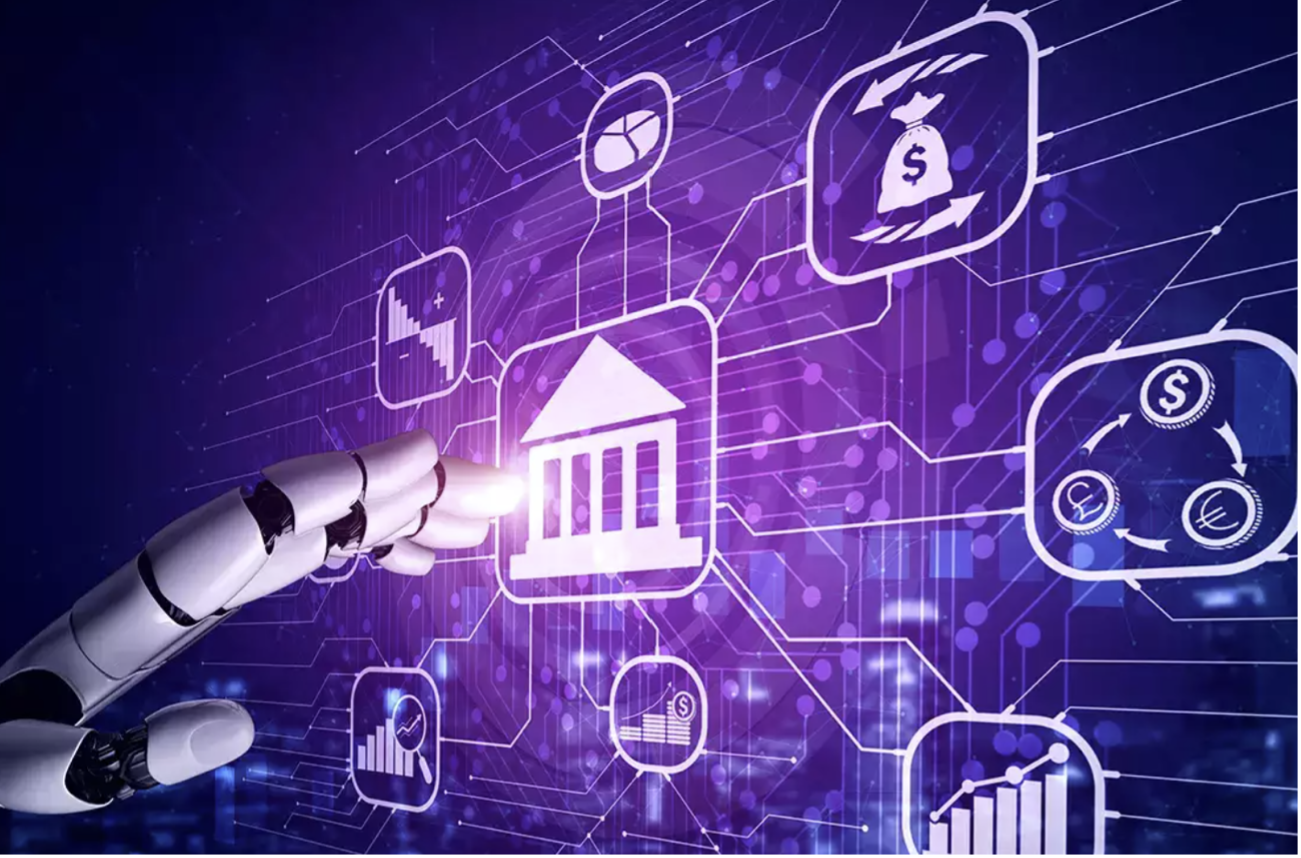Two decades ago, iPhone didn’t exist — hard to believe — right? As it stands now, US consumers wouldn’t be able to survive an hour outside their house without one.
At least I wouldn’t.
Three decades earlier, no one even owned a computer.
Doesn’t that just mess with your head?
The first personal computer arrived about 40 years ago.
Today, we are hypnotized by our computers and almost unable to get away from them.
What does this all mean, John Thomas?
Intuitively and anecdotally, it feels like technology is progressing faster than ever.
Accelerating technology is the explanation of this driving force, which is aptly called the law of accelerating returns.
Computer chips have become increasingly powerful while costing less. That’s because, over the last five decades, the number of transistors—or the tiny electrical components that perform basic operations—on a single chip has been doubling regularly.
So give it to me in a nutshell, and what does it all mean?
According to the law of accelerating returns, the pace of technological progress—especially information technology—speeds up exponentially over time because there is a common force driving it forward. Being exponential, as it turns out, is all about evolution.
As this process plays out generation after generation, chaotically yet incrementally, incredible growth takes place.
Civilizations advance by “repurposing” the ideas and breakthroughs of their predecessors. Similarly, each generation of technology builds on the advances of previous generations, and this creates a positive feedback loop of improvements.
The big new idea is that each new generation of technology stands on the shoulders of its predecessors—in this way, improvements in technology enable the next generation of even better technology.
Because each generation of technology improves over the last and even self-corrects, the rate of progress from version to version speeds up.
This acceleration can be measured in the “returns” of the technology—such as speed, efficiency, price-performance, and overall “power”—which improve exponentially too.
As technology becomes more effective, it attracts more attention. The result is a flood of new resources—such as increased R&D budgets, recruiting top talent, etc.—which are directed to further improving the technology.
This wave of new resources triggers a “second level” of exponential growth, where the rate of exponential growth also begins accelerating.
However, limited paradigms won’t grow exponentially forever. They grow until they’ve exhausted their potential, at which point a new paradigm replaces the old one.
This suggests that the horizons for amazingly powerful technologies may be closer than we realize.
We’re only 23 years into the 21st century and the progress has been breathtaking—the global adoption of the Internet, smartphones, high-level robots, and AI that will replace everyone’s job so we can sip tea poolside.
We sequenced the first human genome in 2004 at a cost of hundreds of millions of dollars. Now, machines can sequence 100,000 annually for $20 a genome.
These are just a few examples of the law of accelerating returns driving progress forward. Because the future is approaching much faster than we realize, it’s critical to think exponentially about where we’re headed and how we’ll get there.
Clearly, not every company was built equally, and not every tech firm will be able to take advantage quickly of super shifts in technological prowess.
Unfortunately, harnessing new technology like A.I. absorbs capital, and lots of it.
Companies like Apple and Microsoft are almost $3 trillion and wield generous shareholder return programs.
It could be true that the richest will be able to find a path to supercharge business models with the newest tech.
I do believe in 10 years there will be only 7 tech stocks left on the public markets because they will dwarf in size anything that is even remotely less relevant.
Welcome to tech in 2023.


